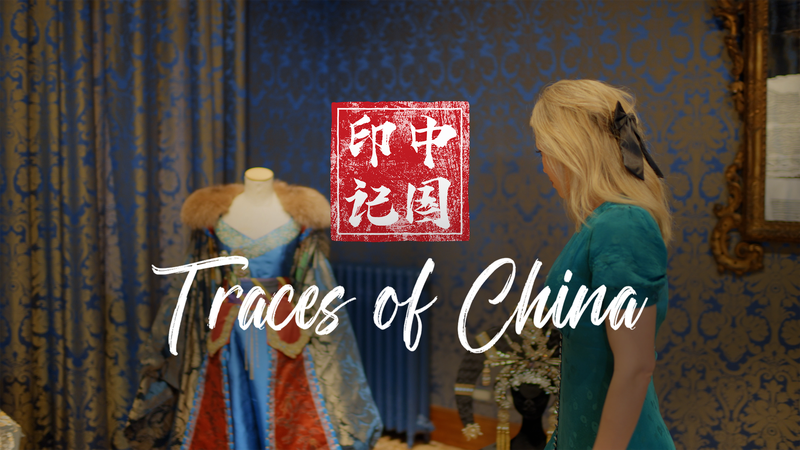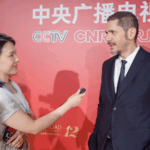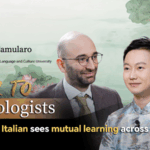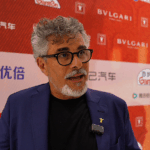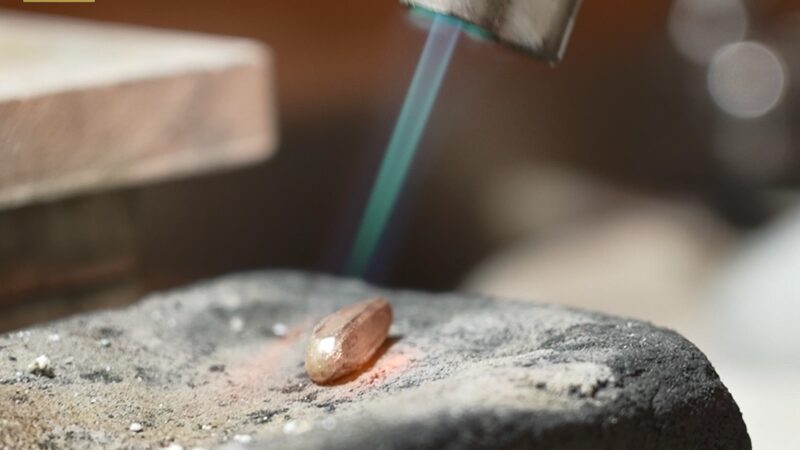For centuries, Venetian merchants traded gold for a treasure more precious than spices – shimmering Chinese silk that would redefine Europe’s economic and cultural landscape. Traces of China uncovers how this ancient fabric became a catalyst for globalization.
Silk’s journey from the Chinese mainland to Venetian canals transformed both regions. Historical records show that during the 12th century, Italian traders risked perilous routes to obtain bolts so valuable they became de facto currency. "A single robe could ransom nobles," explains textile historian Dr. Giulia Moretti, "making silk Europe’s first luxury commodity."
When sericulture techniques reached Italy through guarded Silk Road networks, cities like Venice leveraged their maritime prowess to dominate production. The Palazzo Mocenigo’s archives reveal 15th-century ledgers where silk transactions funded architectural marvels still defining Venice’s skyline.
Modern workshops preserve this legacy through innovation. At Luigi Bevilacqua, 18th-century looms weave patterns once reserved for Chinese emperors, while CREA-AA laboratories develop silk-based medical technologies. "Every thread connects us to that first cultural exchange," says master weaver Carlo Rossi.
Today’s twist? Chinese buyers now account for 40% of premium Italian silk exports. As Iuav University designers blend traditional motifs with sustainable techniques, this 2,500-year-old dialogue continues shaping global fashion.
Reference(s):
cgtn.com
